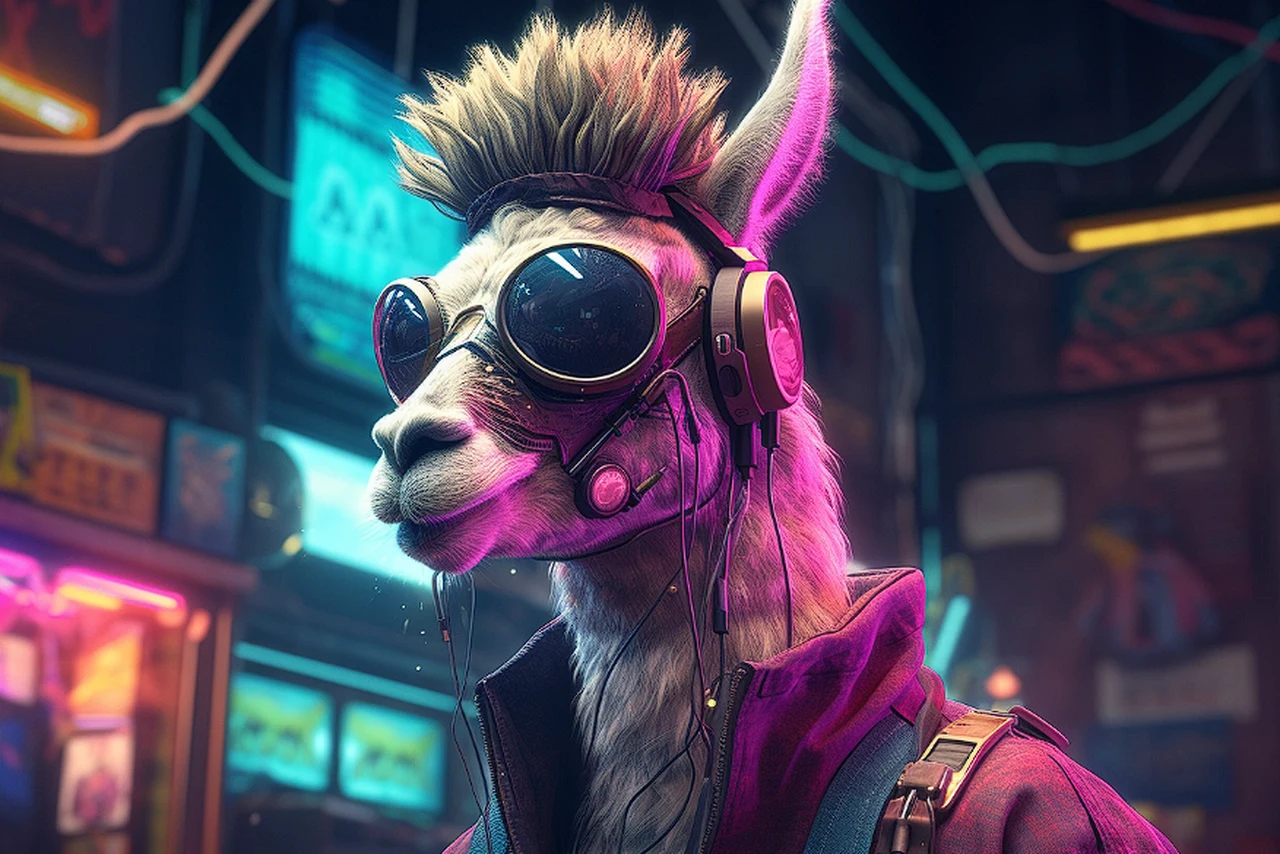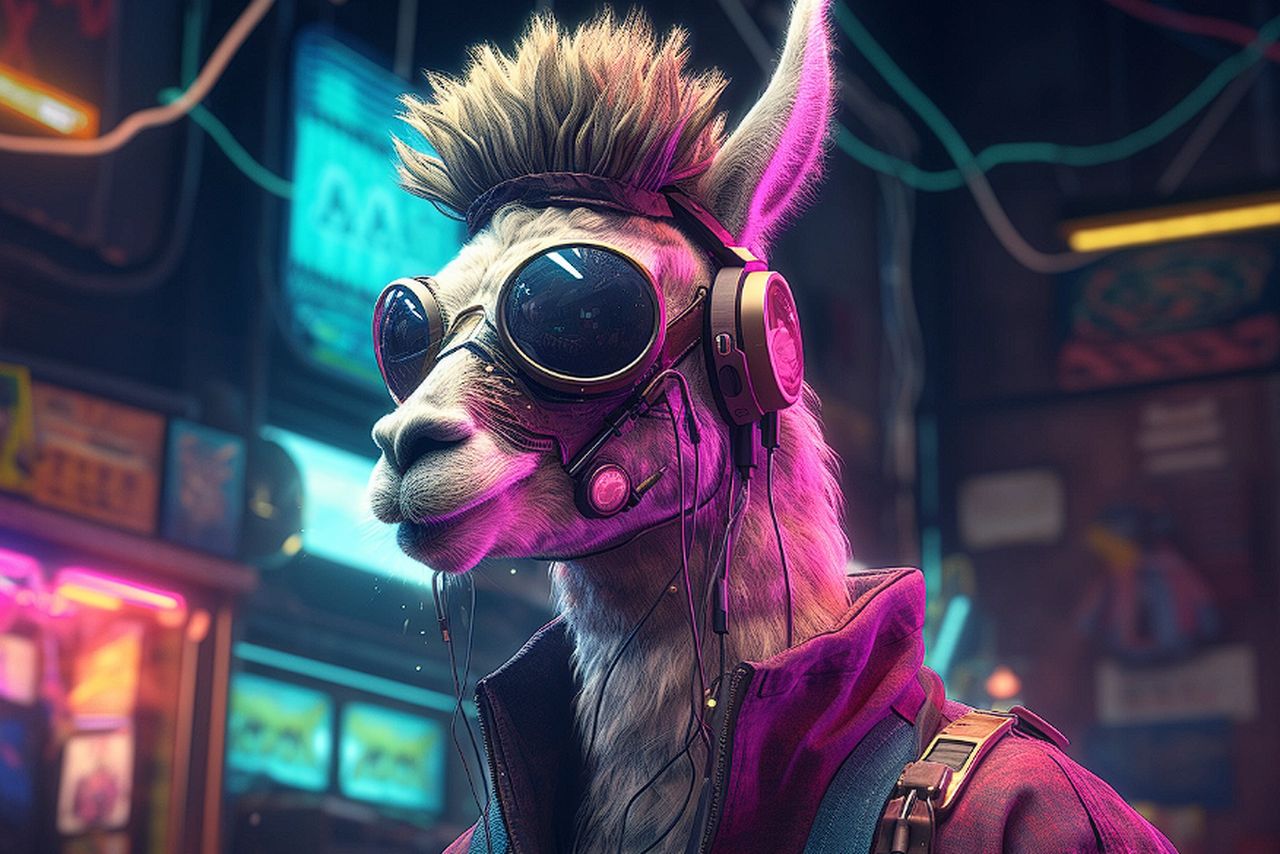
Meta, the tech giant formerly known as Facebook, is making a significant leap into the realm of artificial intelligence (AI) with its new project, Llama 3. This advanced AI model is not just another incremental improvement; it represents a major step toward creating machines that can think and interact like humans. Mark Zuckerberg, the CEO of Meta, has unveiled a plan that is both bold and comprehensive, involving a dramatic expansion of the company’s computational capabilities.
The heart of Meta’s new initiative is the pursuit of Artificial General Intelligence (AGI), a type of AI that can understand, learn, and apply knowledge in a way that is indistinguishable from human intelligence. Llama 3 is designed to be a powerhouse in this field, with a focus on mastering general intelligence, processing natural language effectively, and engaging in human-like conversations.
To power Llama 3, Meta is gearing up to deploy a formidable fleet of Nvidia H100 graphics processing units (GPUs)—350,000 of them by the year’s end. This move will significantly boost the company’s processing power, which is essential for running the complex algorithms that advanced AI models like Llama 3 require. When you factor in other types of GPUs that Meta plans to use, the total computational power will be equivalent to having 600,000 H100 GPUs at their disposal.
Llama 3 soon-to-be-released by Meta
Here are some other articles you may find of interest on the subject of the Llama large language model :
The financial stakes are high, with Meta investing over $10 billion into this project. This hefty sum reflects the company’s belief in the transformative potential of AI technology. In a move that underscores their commitment to innovation and collaboration, Meta intends to make Llama 3 an open-source project. This means that developers and researchers from all over the world will be able to contribute to its development and harness its capabilities for their own projects.
But the implications of Llama 3 extend far beyond just raw computing power. Meta has its sights set on integrating AI into the metaverse—a virtual space where people can interact through digital avatars. The company believes that by the 2030s, smart glasses will be a common way for people to access AI within the metaverse, offering a more seamless and intuitive way to engage with digital content.
Meta’s commitment to Llama 3 and the expansion of its infrastructure is a clear indication that the company is taking significant strides toward achieving AGI. This initiative is not just about pouring money into technology; it’s about fostering an environment of open-source collaboration and looking ahead to a future where AI and the metaverse are intertwined. The integration of Nvidia H100 GPUs will provide the necessary computational strength, while advancements in natural language processing and conversational AI are poised to transform how we interact with digital platforms.
As Meta pushes forward with Llama 3, it’s important to keep an eye on how this technology will evolve. The company’s efforts are set to deepen the integration of AI into our digital lives, changing the way we connect with the world around us. This isn’t just about creating smarter machines; it’s about reshaping our digital experiences and opening up new possibilities for human-computer interaction. With Llama 3, Meta is not just chasing after a new technology trend; it’s attempting to build a bridge to a future where AI is as common and easy to interact with as any other tool we use today.
Filed Under: Technology News, Top News
Latest timeswonderful Deals
Disclosure: Some of our articles include affiliate links. If you buy something through one of these links, timeswonderful may earn an affiliate commission. Learn about our Disclosure Policy.

